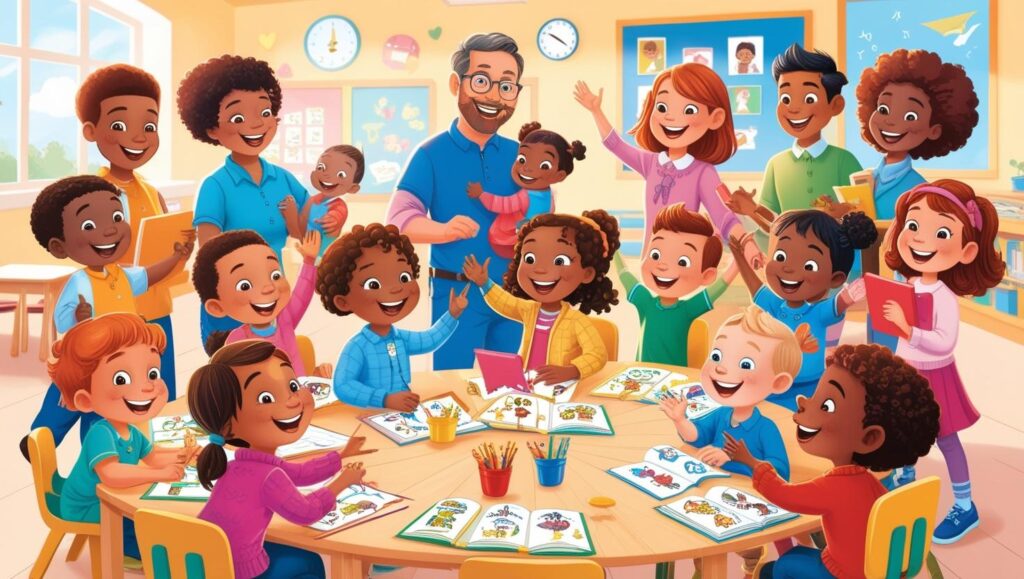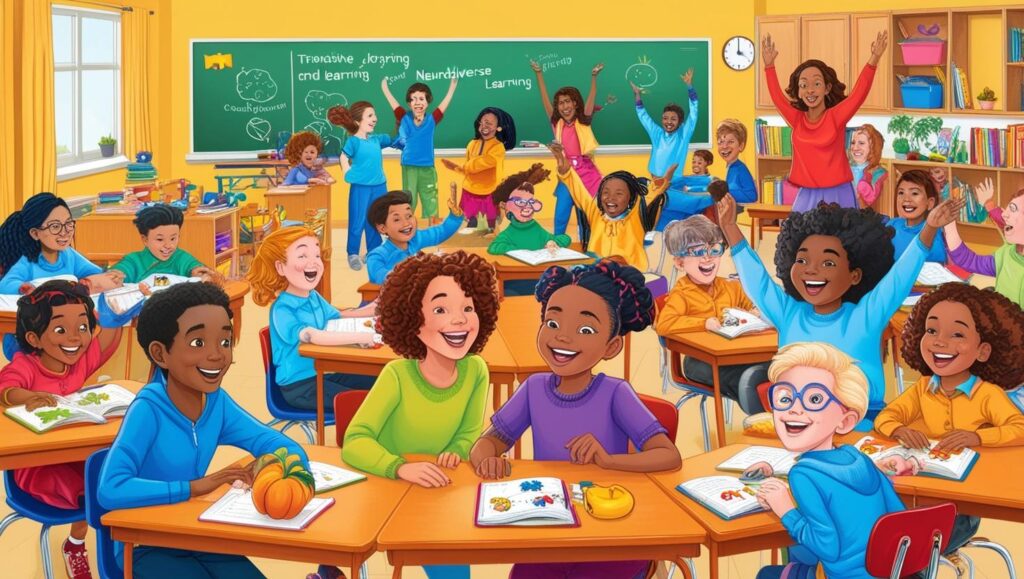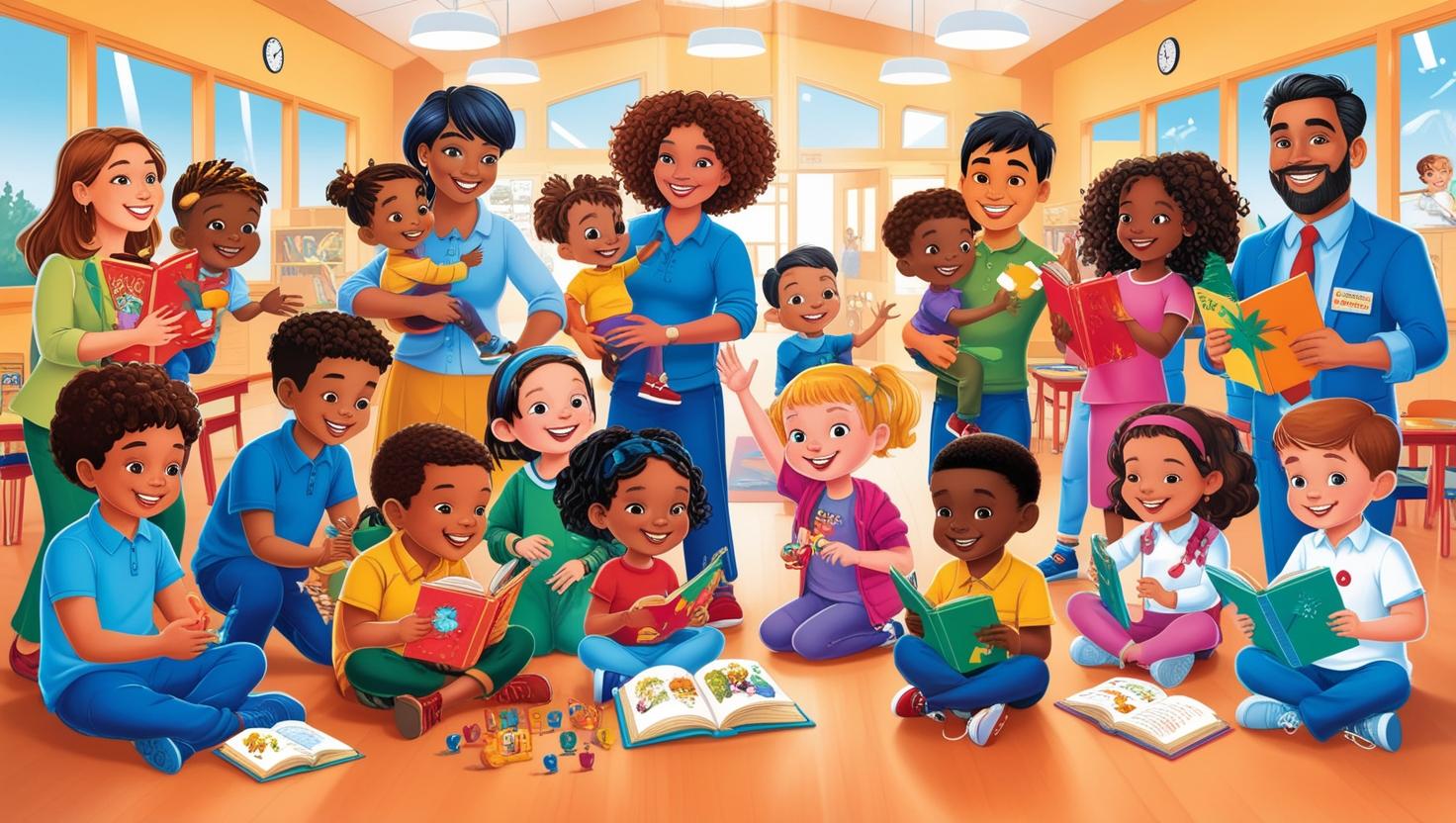Collaboration is the heart of progress, particularly when it comes to raising and educating the next generation. Family-school partnerships serve as a bridge, aligning efforts between educators and parents for the benefit of students. When families and schools unite as partners, they create a powerful team that ensures students grow academically, socially, and emotionally.
Programs like MindMeld: Aspire are lighting the pathway for how collaboration can transform student outcomes. By equipping educators, caregivers, and parents with actionable tools, such initiatives foster a shared commitment to every child’s success. But what exactly makes family-school partnerships so significant, and how can schools and communities nurture them effectively?
The Importance of Family-School Partnerships
Family-school partnerships are more than just meetings and newsletters; they form the foundation for a supportive educational ecosystem. Research shows that students perform better academically and develop stronger social-emotional skills when families and schools work together. This collaborative effort builds trust, sets shared goals, and provides consistency between home and school environments.
When parents are actively involved in their child’s education and development, they feel empowered. Teachers, on the other hand, gain valuable insights into their students’ strengths and needs through parental perspectives. This mutual support leads to improved outcomes, whether that’s better grades, enhanced behavior, or increased confidence among students.

What Happens When Families and Schools Collaborate?
The impact of family-school partnerships is nothing short of transformative for students. Here’s what happens when collaboration replaces isolation:
1. Aligned Strategies for Holistic Growth
Shared communication allows both educators and families to align strategies that support a child’s development at school and at home. Programs like Aspire ensure that these strategies are informed by scientific methods, such as ABA or data-driven assessments.
2. Celebration of Milestones
Collaboration fosters a culture of celebration. Teachers and families share in every milestone—from first steps in reading to mastering complicated math problems. Programs like Aspire encourage recognizing student growth as a unified team.
3. Student Confidence and Resilience
When students see their parents and teachers on the same team, their sense of safety and self-assurance grows. This confidence leads to better participation, a resilient mindset, and motivation to overcome challenges.
4. Stronger Communities
Partnerships create bonds between families, schools, and the broader community. These relationships fuel a collective desire to see every child succeed, creating a ripple effect of positive impacts.

Building the Foundation for Strong Partnerships
Creating meaningful family-school partnerships doesn’t happen overnight. It takes intentional steps, guided programs, and shared commitment. Here’s what school administrators, teachers, and parents can do to foster collaboration:
- Open Communication: Teachers should prioritize regular, transparent conversations with families. Parents, in kind, should feel welcomed and encouraged to share their perspectives.
- Shared Goals: Define measurable and achievable goals for students that can also bring value beyond the classroom.
- Participatory Programs: Programs like MindMeld’s Aspire provide practical frameworks to build alignment and collaboration, benefitting entire school communities.
If you’re ready to unlock the potential of collaboration and bring the values of partnership into your practice, consider connecting with Bridge to Tomorrow. Programs like MindMeld Aspire are designed to bolster teamwork and empower educators and families alike.
Together, we can create an educational environment where no child is left behind.
How MindMeld: Aspire Encourages Family-School Partnerships
One initiative that excellently illustrates the power of collaboration is Bridge to Tomorrow’s MindMeld: Aspire. Designed to meet the needs of educators, caregivers, and parents, Aspire focuses on enhancing classroom management and creating a holistic developmental environment for all students, including neurodivergent learners.
Aspire functions as a multi-level training program, offering resources and tools that bring schools and families into alignment. Here’s how it works across its levels of engagement:
- Level I—Aspire Foundations: Supports caregivers with skills for effective classroom management, including setting routines and introducing Applied Behavior Analysis (ABA).
- Level II—Aspire Intensive: Enhances group instruction techniques and develops precision teaching methods to support diverse learners.
- Level III—Aspire Master: Provides advanced training in developing interventions, data-driven assessments, and teaching using complex instructional techniques.
- Level IV—Aspire Administrator: Focuses on schoolwide program monitoring and inspiring leadership-driven alignment among educators and staff.
Aspire’s curriculum thrives on evidence-based practices, empowering parents and teachers to unite around shared tools, language, and objectives to create the best possible learning environment for their children
External Links
- Family Engagement in Student Success
- The Positive Effects of Parent-Teacher Communication
- Benefits of Aligned Educational Strategies
- Why Partnerships Improve Education
- Empowering Neurodivergent Students
Internal Links
Discover how family-school partnerships create brighter tomorrows, and start your collaborative journey with MindMeld’s Aspire today!

